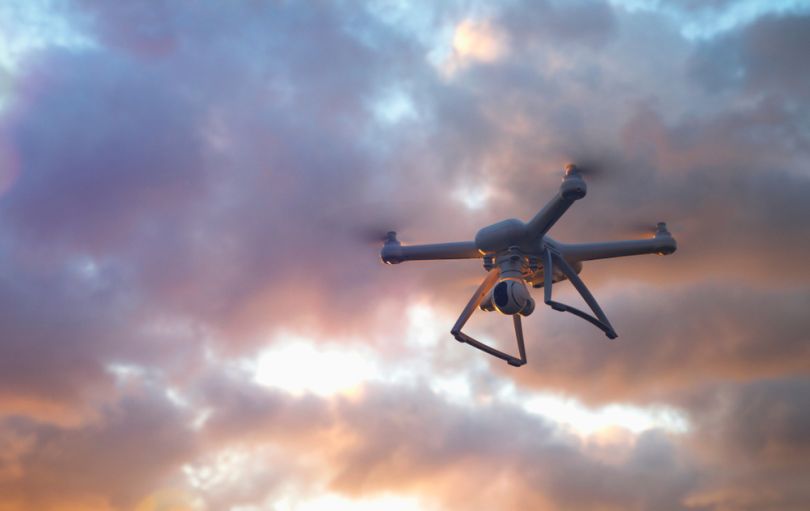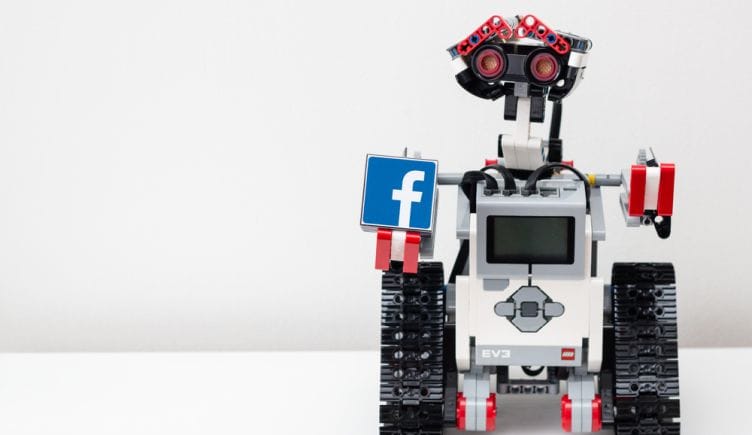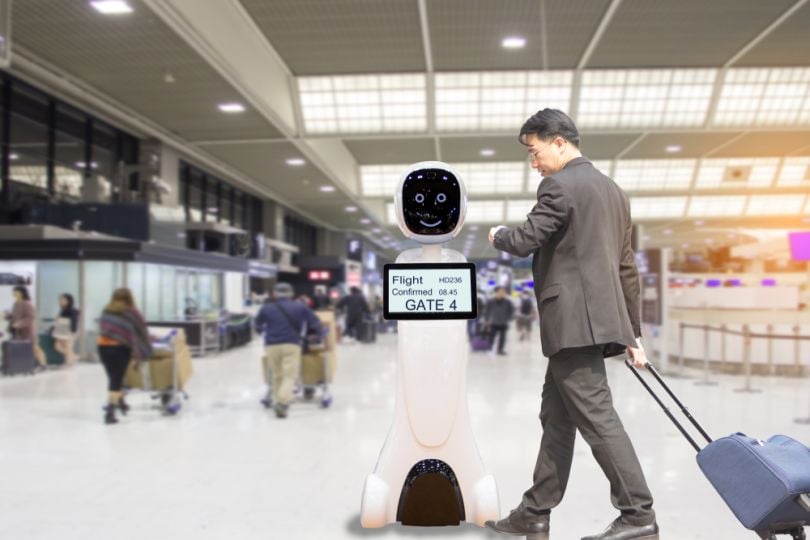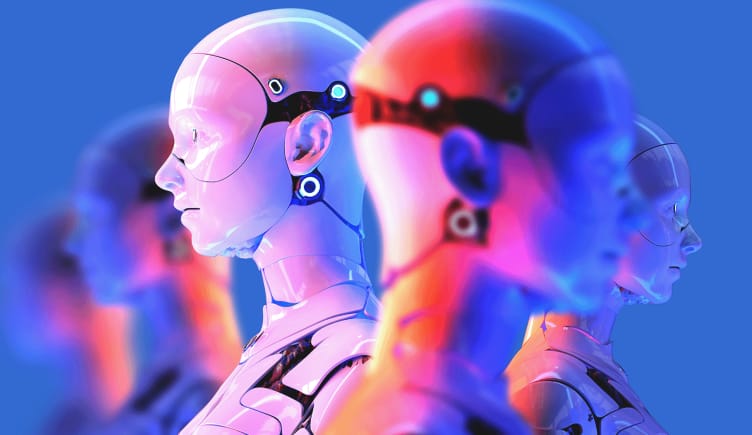 Image: Shutterstock
Image: Shutterstock
While many humanoid robots are still in the prototype phase or other early stages of development, a few have escaped research and development in the last few years, entering the real world as bartenders, concierges, deep-sea divers and as companions for older adults. Some work in warehouses and factories, assisting humans in logistics and manufacturing. And others seem to offer more novelty and awe than anything else, conducting orchestras and greeting guests at conferences.
What Are Humanoid Robots?
How Are Humanoid Robots Being Used Today?
More humanoid robots are being introduced into the world and making a positive impact in industries like logistics, manufacturing, healthcare and hospitality.
Though the use of humanoid robots is still limited — and development costs are high — the sector is expected to grow. The humanoid robot market is valued at $1.8 billion in 2023, according to research firm MarketsandMarkets, and is predicted to increase to more than $13 billion over the next five years. Fueling that growth and demand will be advanced humanoid robots with greater AI capabilities and human-like features that can take on more duties in the service industry, education and healthcare.
The dawn of complex humanoid robots may come sooner than later, with AI robotics company Figure and OpenAI forming a partnership that’s backed by investors like Jeff Bezos. Under the deal, OpenAI will likely adapt its GPT language models to suit the needs of Figure’s robots. Humanoid robots could then display greater capabilities and applications, accelerating Figure’s goal of potentially shipping billions of its robots across the world to companies and reshaping what the workplace looks like.
This investment comes in the wake of Elon Musk and Tesla introducing the humanoid robot Optimus in 2022, although the robot remains in the production phase.
How Are Humanoid Robots Being Used?
- Hospitality: Some humanoid robots, like Kime, are pouring and serving customer drinks and snacks at self-contained kiosks in Spain. Some are even working as hotel concierges and in other customer-facing roles.
- Education: Humanoid Robots Nao and Pepper are working with students in educational settings, creating content and teaching programming.
- Healthcare: Other humanoid robots are providing services in healthcare settings, like communicating patient information and measuring vital signs.
But before companies can fully unleash their humanoid robots, pilot programs testing their ability to safely work and collaborate alongside human counterparts on factory floors, warehouses and elsewhere will have to be conducted.
It’s unclear how well humanoid robots will integrate into society and how well humans will accept their help. While some people will see the proliferation of these robots as creepy, dangerous or as unneeded competition in the labor market, the potential benefits like increased efficiency and safety may outweigh many of the perceived consequences.
Either way, humanoid robots are poised to have a tremendous impact, and fortunately, there are already some among us that we can look to for guidance. Here are a few examples of the top humanoid robots working in our world today.
Examples of Humanoid Robots

Ameca (Engineered Arts)
Engineered Arts’ latest and most advanced humanoid robot is Ameca, which the company bills as a development platform where AI and machine learning systems can be tested. Featuring sensors that can track movement across the entirety of a room, along with face and multiple voice recognition capabilities, Ameca naturally interacts with humans and detects emotions and age. Ameca is able to communicate common expressions like astonishment and surprise, and gestures like yawning and shrugging.
More on the future of robotics35 Robotics Companies on the Forefront of Innovation
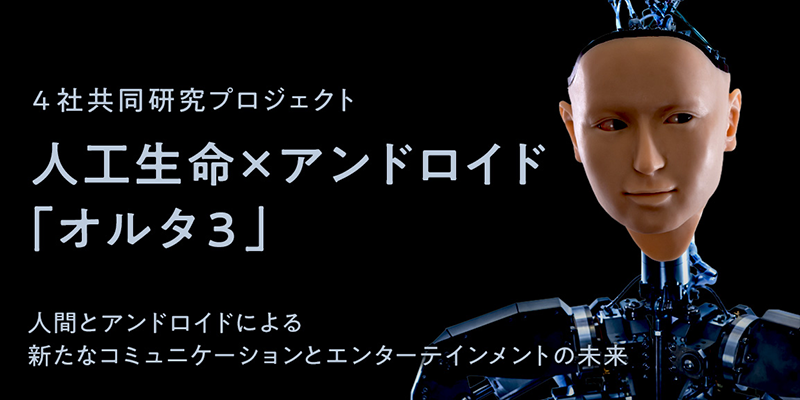
Alter 3 (Osaka University and mixi)
Dubbed Alter 3, the latest humanoid robot from Osaka University and mixi is powered by an artificial neural network and has an ear for music. Earlier iterations of Alter sang in an opera. Alter 3, which has enhanced sensors and improved expressive ability and vocalization system for singing, went even further in 2020 by conducting an orchestra at the New National Theater in Tokyo and taking part in other live performances.
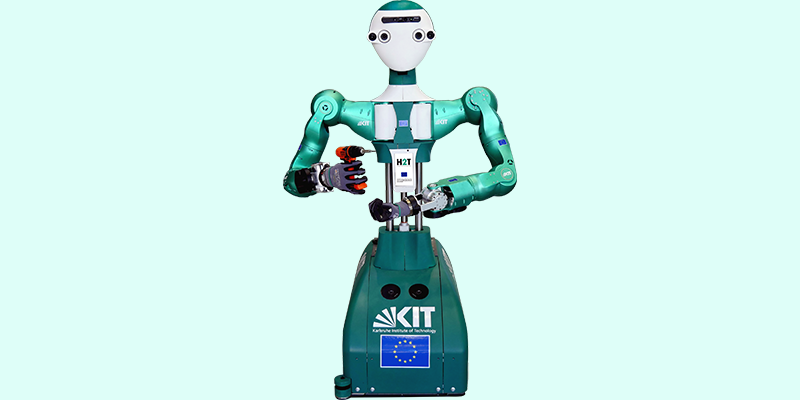
ARMAR-6 (Karlsruhe Institute of Technology)
ARMAR-6 is a humanoid robot developed by researchers at the Karlsruhe Institute of Technology in Germany to work in industrial settings. Capable of using drills, hammers and other tools, ARMAR-6 also features AI technology allowing it to learn how to grasp objects and hand them to human co-workers. It’s also able to take on maintenance duties like wiping down surfaces and even has the ability to ask for help when needed.
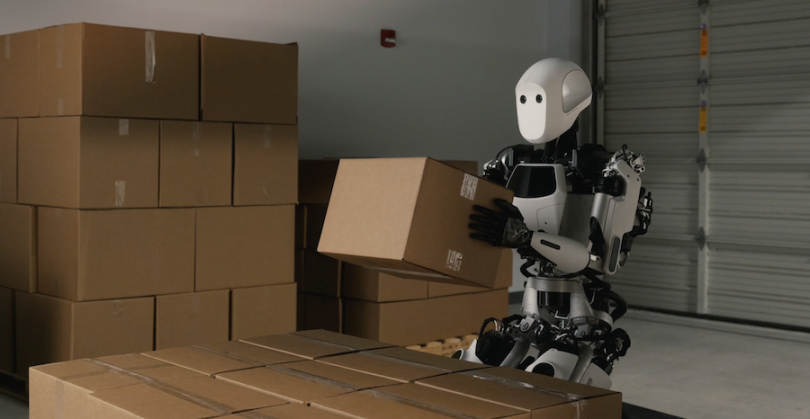
Apollo (Apptronik)
Apptronik’s Apollo is the result of the company building on its experiences of previous robots, including its 2022 humanoid robot Astro. With the ability to carry up to 55 pounds, Apollo is designed to function in plants and warehouses and may expand into industries like retail and construction. An impact zone allows the robot to stop its motion when detecting nearby moving objects while swappable batteries that last four hours each keep Apollo productive.
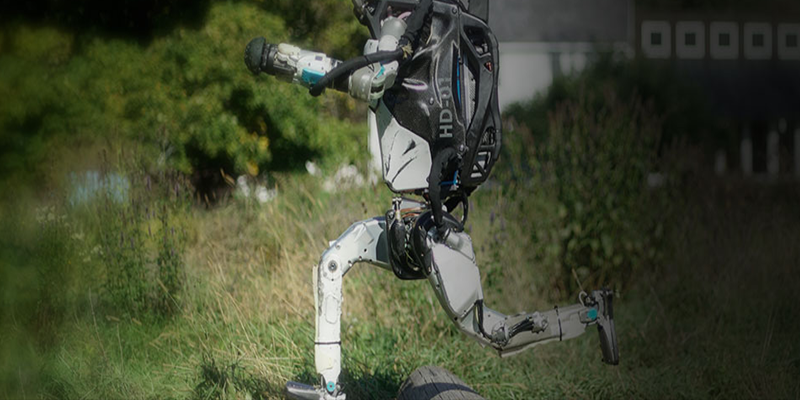
Atlas (Boston Dynamics)
Atlas is a leaping, backflipping humanoid robot designed by Boston Dynamics that uses depth sensors for real-time perception and model-predictive control technology to improve motion. Measuring 5 feet tall and weighing in at 196 pounds, Atlas has three onboard computers, 28 hydraulic joints, and moves at speeds of more than 5 miles per hour. Built with 3D-printed parts, Atlas is used by company roboticists as a research and design tool to increase human-like agility and coordination.
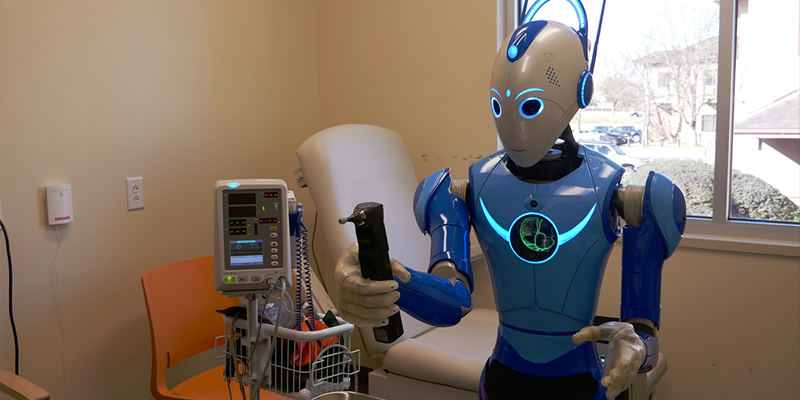
Beomni (Beyond Imagination)
Created by Beyond Imagination, the humanoid robot Beomni is controlled remotely by “human pilots” donning virtual reality headsets and other wearable devices like gloves, while AI helps Beomni learn tasks so one day it can become autonomous. In 2022, Beyond Imagination CEO and co-founder Harry Kloor told Built In that he’s hopeful Beomni will transform the care older adults receive, while taking over more tedious and dangerous jobs in other industries. The company also agreed to supply 1,000 humanoid robots over five years to SELF Labs as part of a simulated farm game.
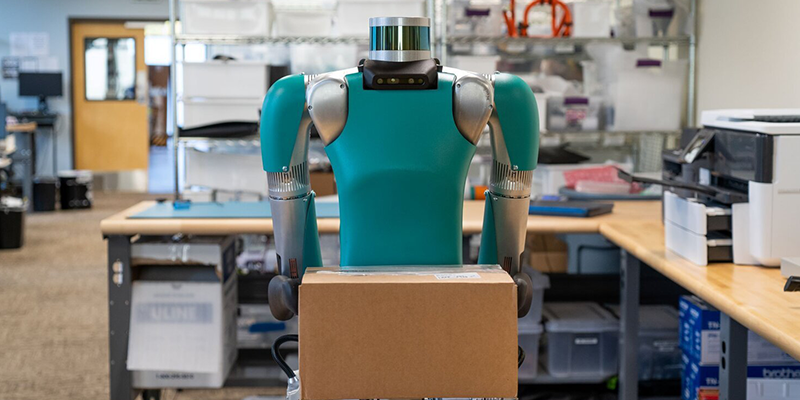
Digit (Agility Robotics)
Already capable of unloading trailers and moving packages, Digit, a humanoid robot from Agility Robotics, is poised to take on even more tedious tasks. With fully functioning limbs, Digit is able to crouch and squat to pick up objects, adjusting its center of gravity depending on size and weight, while surface plane-reading sensors help it find the most efficient path and circumvent whatever’s in its way. In 2019, Agility partnered with automaker Ford to test autonomous package delivery, and in 2022, the company raised $150 million from Amazon and other companies to help Digit enter the workforce.

Jiajia (University of Science and Technology of China)
Developed by researchers from the University of Science and Technology of China, Jiajia is the first humanoid robot to come out of China. Researchers spent three years developing Jiajia. Chen Xiaoping, who led the team behind the humanoid robot, told reporters during Jiajia’s 2016 unveiling that he and his team would soon work to make Jiajia capable of crying and laughing, the Independent reports. According to Mashable, its human-like appearance was modeled after five students from USTC.
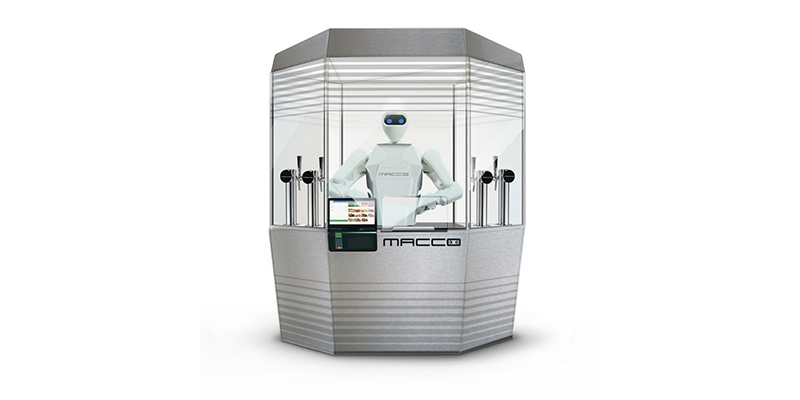
KIME (Macco Robotics)
KIME, Macco Robotics’ humanoid robotic bartender, serves beer, coffee, wine, snacks, salads and more. Each KIME kiosk is able to dispense 253 items per hour and features a touchscreen and app-enabled ordering, plus a built-in payment system. Though unable to dispense the sage advice of a seasoned bartender, KIME is able to recognize its regular customers and pour two beers every six seconds.
More on Robotic InnovationExoskeleton Suits: 20 Real-Life Examples
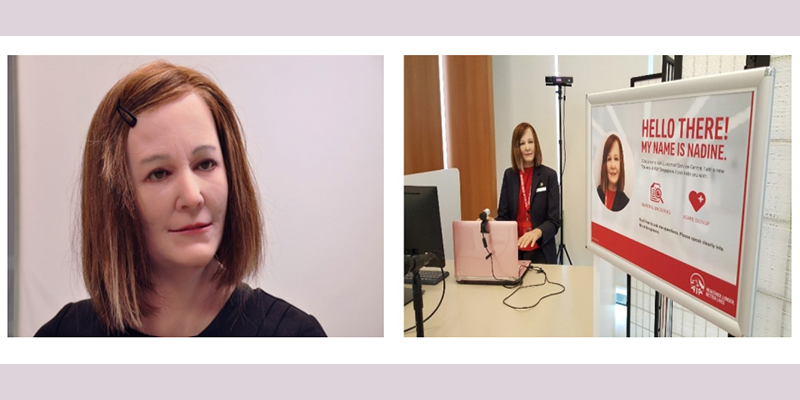
Nadine (Nanyang Technological University)
Researchers from Nanyang Technological University in Singapore developed Nadine, a humanoid social robot, with realistic skin, hair, facial expressions and upper body movements that’s able to work in a variety of settings. According to researchers, Nadine can recognize faces, speech, gestures and objects. It even features an affective system that models Nadine’s personality, emotions and mood. So far, Nadine has worked in customer service and led a bingo game for a group of older adults in Singapore.
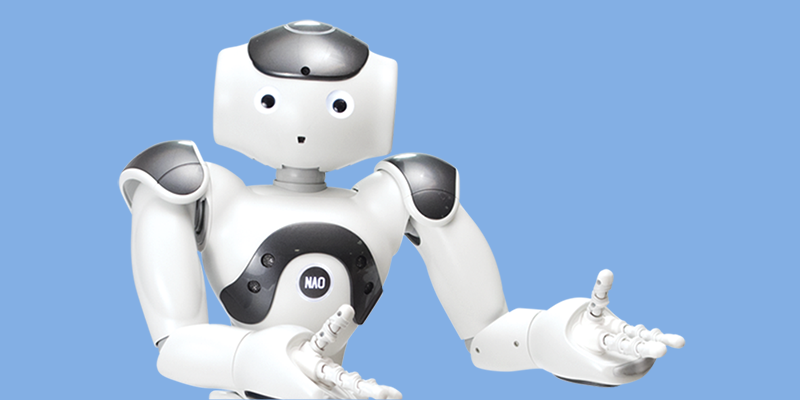
NAO (Softbank Robotics)
Softbank Robotics’ first humanoid robot, NAO, works as an assistant for companies and organizations in industries ranging from healthcare to education. Only 2 feet tall, NAO features two 2D cameras for object recognition as well as four directional microphones and speakers, plus seven touch sensors, to better interact with people and its surrounding environment. With the ability to speak and converse in 20 languages, NAO is helping create content and teach programming in classrooms and working as assistants and patient service representatives in healthcare settings.
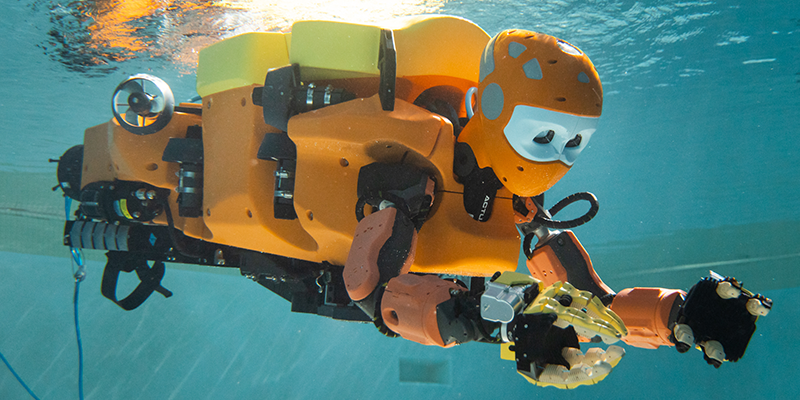
OceanOne (Stanford Robotics Lab)
A diving humanoid robot, OceanOne, from the Stanford Robotics Lab is exploring shipwrecks. In 2016, in its maiden voyage, OceanOne ventured to the Mediterranean Sea off the coast of France to explore the wreckage of La Lune, one of King Louis XIV’s ships that was sunk in 1664. In its latest iteration, OceanOneK, Stanford’s humanoid robot is able to dive even deeper, reaching depths of 1,000 meters. Featuring haptic feedback and AI, OceanOneK can operate tools and other equipment, and has already explored underwater wreckage of planes and ships.
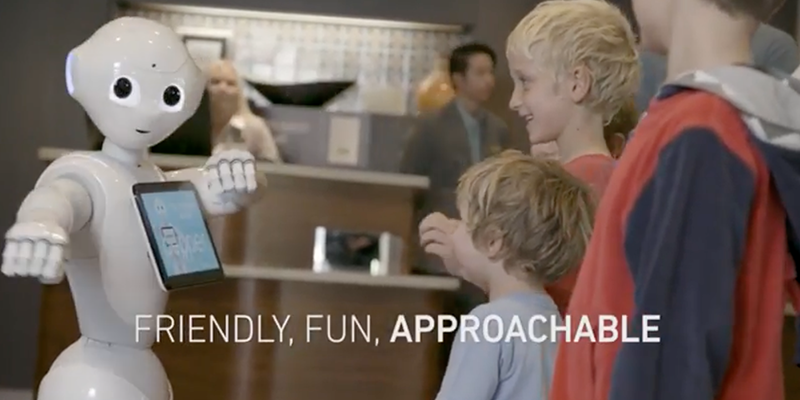
Pepper (Softbank Robotics)
Pepper is another humanoid robot from Softbank Robotics working in classrooms and healthcare settings. But unlike NAO, Pepper is able to recognize faces and track human emotions. Pepper has worked as a hotel concierge and has been used to monitor contactless care and communication for older adults during the pandemic. A professional baseball team in Japan even used a squad of Peppers to cheer on its players when the pandemic kept the team’s human fans at home.
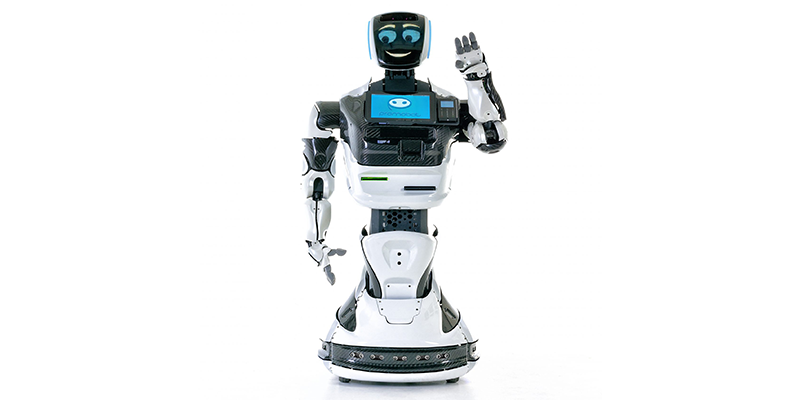
Promobot (Promobot)
Promobot is a customizable humanoid robot that’s capable of working as a brand ambassador, concierge, tour guide, medical assistant and in other service-oriented roles. Equipped with facial recognition and chat functions, Promobot can issue keycards, scan and auto-fill documents, and print guest passes and receipts. As a concierge, Promobot integrates with a building’s security system and is able to recognize the faces of a building’s residents. At hotels, it can check guests in, and in healthcare settings, Promobot is able to measure key health indicators like blood sugar and blood oxygen levels.
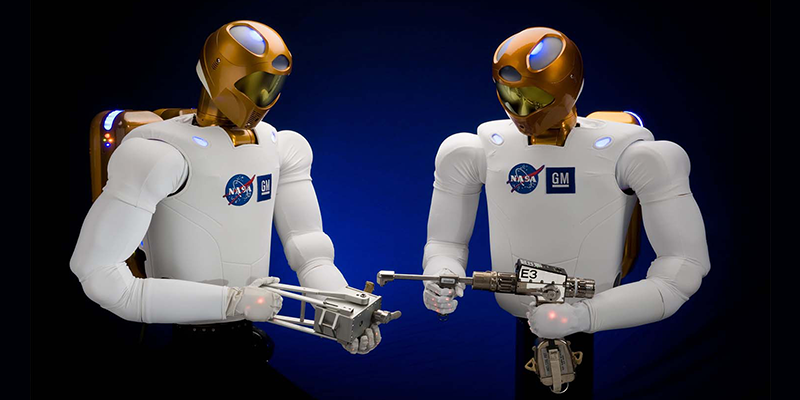
Robonaut 2 (NASA and General Motors)
Developed by NASA and General Motors, Robonaut 2 is a humanoid robot that works alongside human counterparts in space and on the factory floor. More than a decade ago, Robonaut 2 became the first humanoid robot to enter space, and worked as an assistant on the International Space Station until 2018, when it returned to Earth for repairs. Today, Robonaut 2 is inspiring other innovations and advancements in robotics, like the RoboGlove and Aquanaut from the ocean robotics company Nauticus.
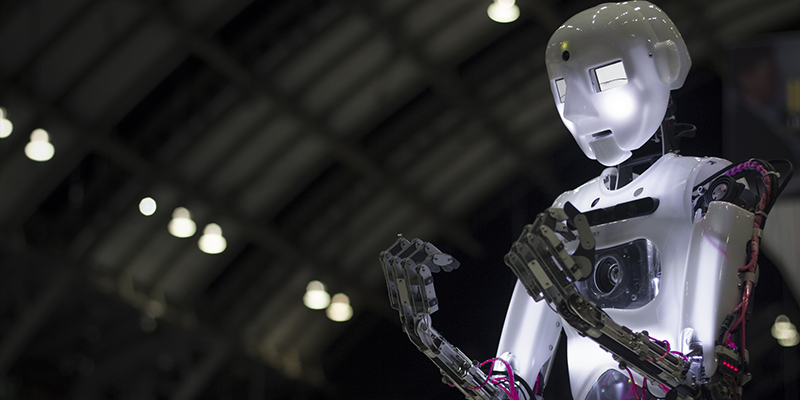
RoboThespian (Engineered Arts)
Another humanoid robot from Engineered Arts is RoboThespian, which features telepresence software that allows humans to remotely talk through the robot. With automated eye contact and micro-facial expressions, RoboThespian is able to perform for crowds and work in places like the Kennedy Space Center where it answers questions about the Hubble Telescope from curious visitors.
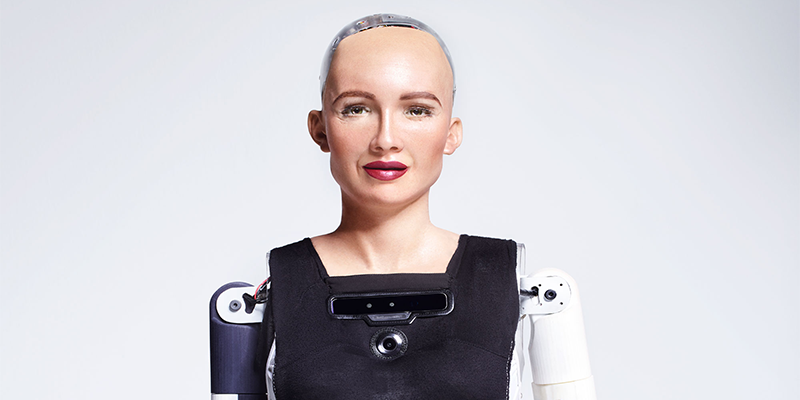
Sophia (Hanson Robotics)
Hanson Robotics’ AI-powered humanoid robot Sophia has traveled the world, graced the cover of Cosmopolitan Magazine and addressed the United Nations. One of the more widely known humanoid robots, Sophia can process visual, emotional and conversational data to better interact with humans. Sophia has made multiple appearances on The Tonight Show, where she challenged host Jimmy Fallon to a game of rock-paper-scissors, expressed her disdain for nacho cheese and sang a short duet with Fallon. Sophia sees herself as “a personification of our dreams for the future of AI, as well as a framework for advanced AI and robotics research, and an agent for exploring human-robot experience in service and entertainment applications.”
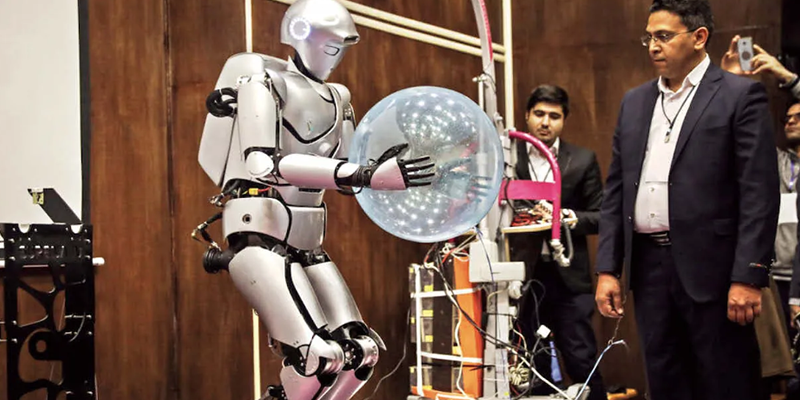
Surena IV (University of Tehran)
Able to grab a water bottle, pose for a selfie and write its own name on a whiteboard, Surena IV is the latest humanoid robot from the University of Tehran. IEEE Spectrum reports that Surena IV has improved tracking capabilities and new hands that allow it to use power tools. It’s also able to adjust the angle and position of its feet, giving it an improved ability to navigate uneven terrain.
More on RoboticsDo Robots Have a Race?
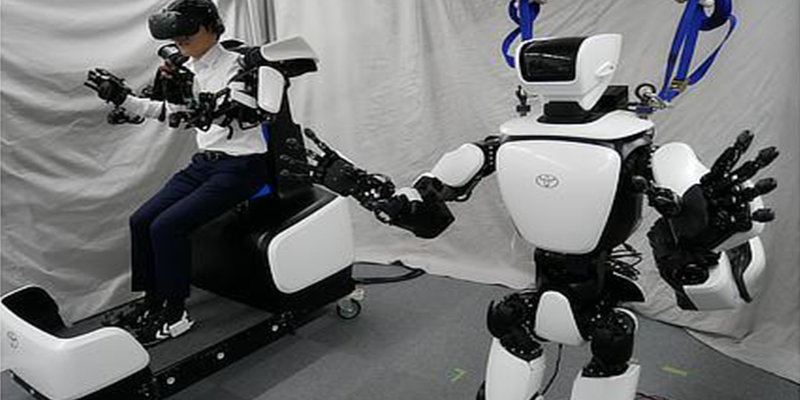
T-HR3 (Toyota)
Billed as a “remote avatar robot” Toyota’s humanoid robot, T-HR3, is controlled by humans clad in wearable devices. Introduced in 2017, T-HR3 aims to help the automaker expand its mobility services, according to Tomohisa Moridaira, the T-HR3 development team leader. Toyota envisions that T-HR3 will one day help around the house and assist in childcare, nursing and construction.
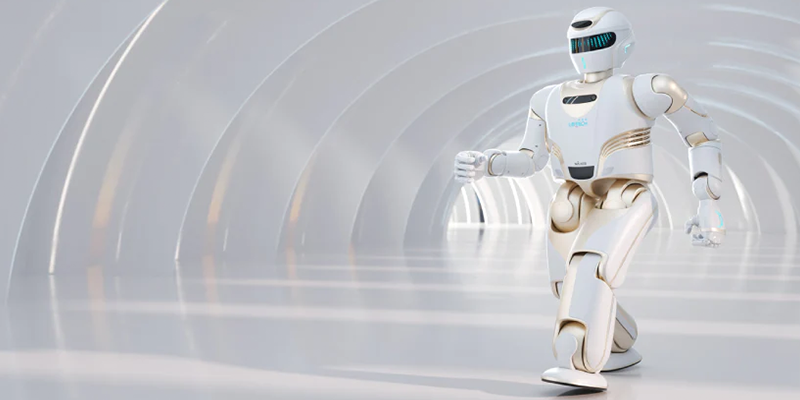
Walker (UBTECH Robotics)
With improved hand-eye coordination and autonomous navigation, Walker, a humanoid service robot by UBTECH Robotics, is able to safely climb stairs and balance on one leg. Robotics and Automation News reports that Walker is able to serve tea, water flowers and use a vacuum, showing off just how helpful this humanoid robot could be around the house.

Phoenix (Sanctuary AI)
Sanctuary AI’s sixth-generation robot, named Phoenix, is equipped with human-like hands and the ability to lift up to 55 pounds, making it useful for various roles in the workforce where there are labor shortages. Because Phoenix can be controlled, supervised and trained by humans, it goes beyond specific tasks and demonstrates the competence to complete tasks in various settings.

EVE (1X)
1X claims the title of being the company to send the first AI-powered humanoid robot into the workforce. The company’s robot EVE comes with strong grippers for hands, cameras that support panoramic vision and two wheels for mobility. Most importantly, EVE uses AI to learn new tasks and improve based on past experiences. With these abilities, EVE is on pace to spread into industries like retail, logistics and even commercial security.
Frequently Asked Questions
What are humanoid robots?
Humanoid robots look like humans and mimic human motions and actions to perform various tasks. Some humanoid robots even use materials that resemble human features, like skin and eyes, to appear friendlier.
What are humanoid robots used for?
Humanoid robots are often used for customer service roles, including concierges, bartenders and greeters. Because of their human shape, humanoid robots can also assist with handling and carrying materials in warehouses and factories.
If the website content violates your rights, please contact us to delete it。



